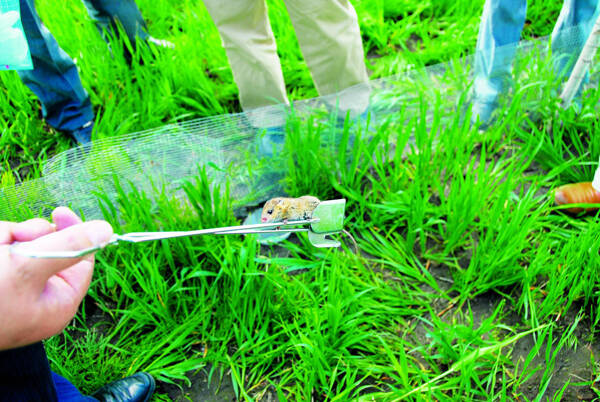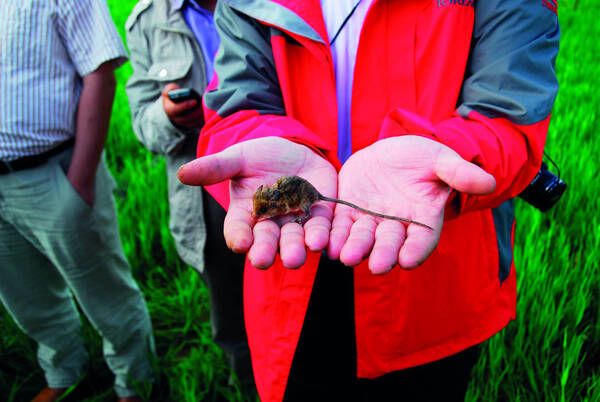Sicista concolor
IUCN
LCBasic Information
Scientific classification
- name:Sicista concolor
- Scientific Name:Sicista concolor,Small rat, rat, Chinese rat
- Outline:Rodents
- Family:Rodentia Jerboa Gnaphalidae
Vital signs
- length:51-80mm
- Weight:5-8g
- lifetime:
Feature
The tail is extremely long, about 1.5 times the body length.
Distribution and Habitat
Distributed in Sichuan, Yunnan, Gansu and Shaanxi, it is a forest and forest edge shrub species at high altitudes (2500m).
Appearance
The individual is small, with an average weight of 8.5g and an average body length of 62mm; the tail is long, averaging 128mm, more than twice the body length; the hind feet are significantly longer than the front feet, but unlike other jumping mice, the hind feet are relatively short, equal to or slightly less than twice the front feet. It shows a certain jumping ability, but not strong. The back of the body is yellow-brown, mixed with obvious black hair. The base of the ventral hair is gray, and the tip of the hair is gray-white. The upper and lower tails are the same color, covered with short hair, and the tail end does not form a hair bundle. The ears are brown. The front and rear toes are yellow-white, and the tarsus and wrist are gray-brown. The snout of the skull is pointed and long, and the brain is round. The width between the orbits is relatively large. The labial surface of the upper incisors is orange-yellow, and the labial surface of the lower incisors is white. The zygoma
Details
The Chinese scissorium belongs to the subfamily Sicidinae of the family Jerboa. There are 13 species in the subfamily worldwide, 4 of which are in China. The Chinese scissorium is the southernmost species in the distribution area and one of the two species that live in the forest. The status of this species is stable and undisputed. Although the distribution area is wide, the population is not large and it is a relatively rare rodent.

The Chinese rat is endemic to my country and is only found in a few areas of Qinghai, Gansu, Sichuan, Yunnan and Shaanxi. Habitat and habits It lives in mixed coniferous and broad-leaved grass at 3000-4000m. It is active at night and good at climbing. It feeds on stems, leaves, buds and seeds of plants, and also eats insects. It reproduces once a year and produces 3-6 pups.
From the time this species was named to the present century, it has only been found in a few areas of my country. More than 20 specimens have been collected in the past 40 years. It is a very rare species. Due to its small number, little is known about the biology of this species, and relevant information is very scarce. It is estimated that if its habitat is not destroyed, its survival should not be seriously threatened.









